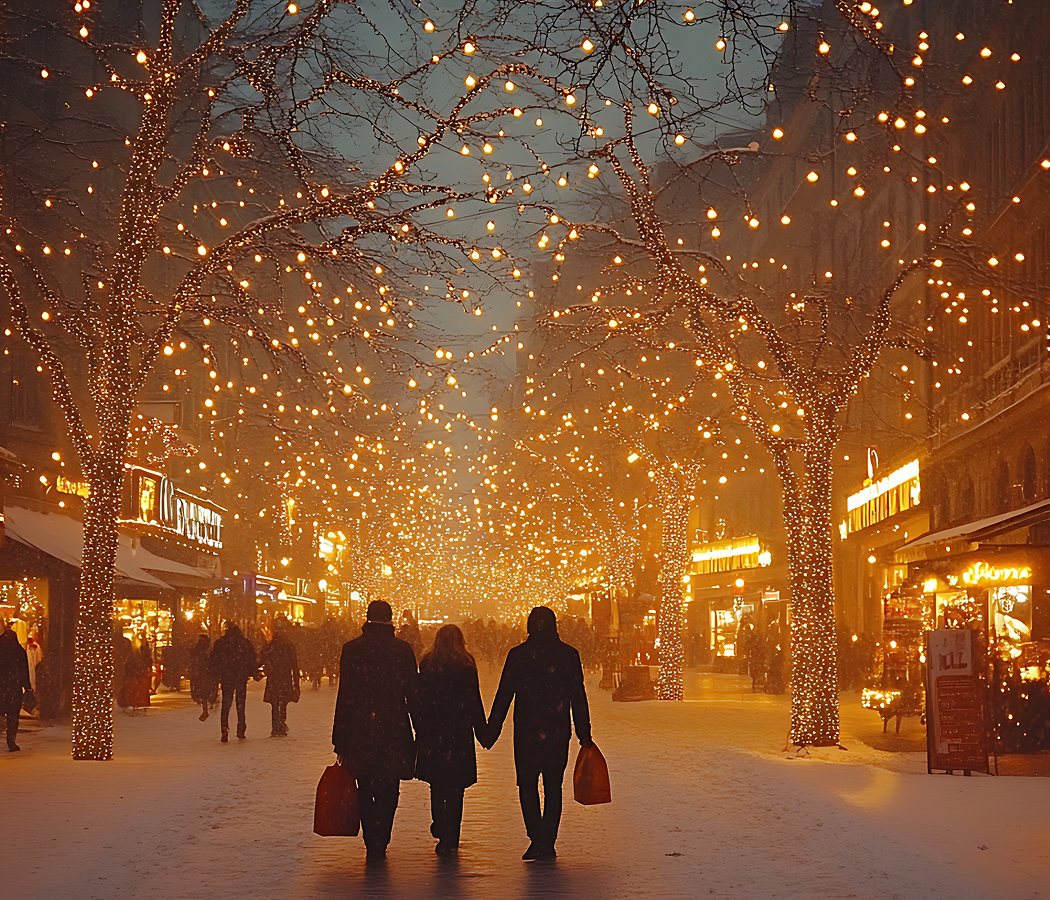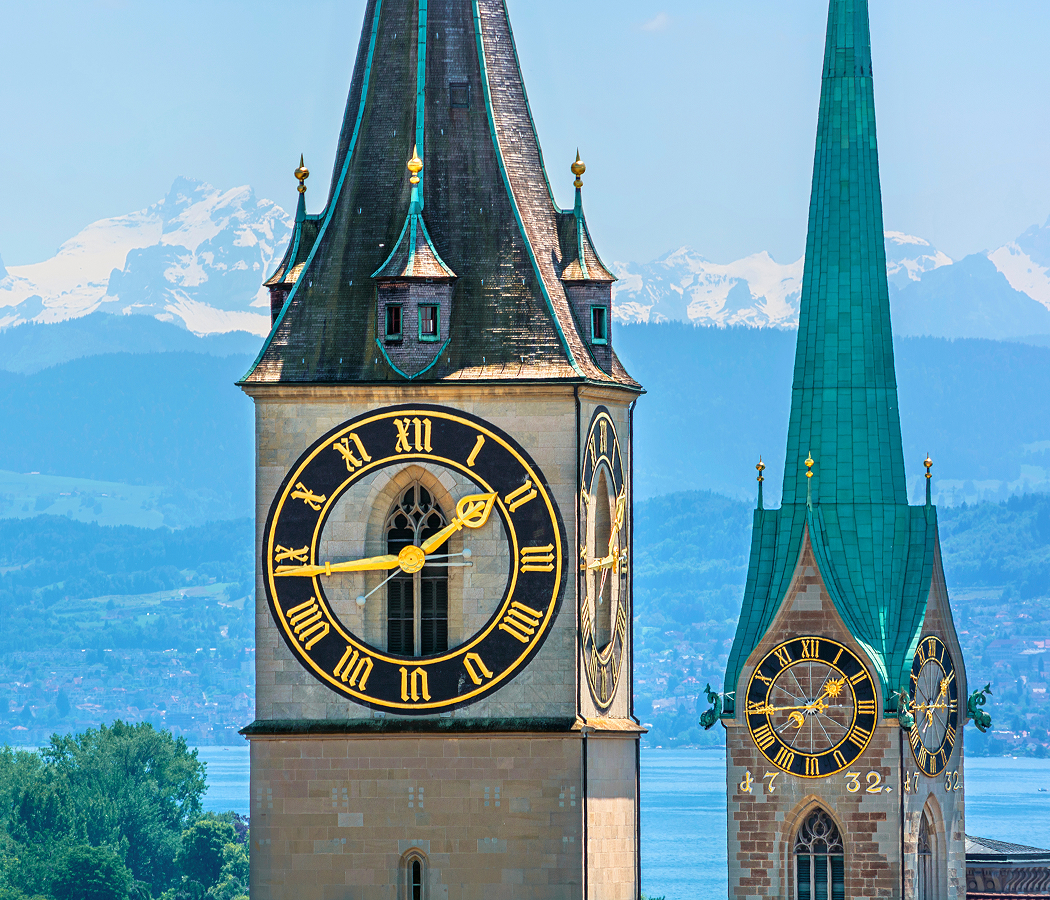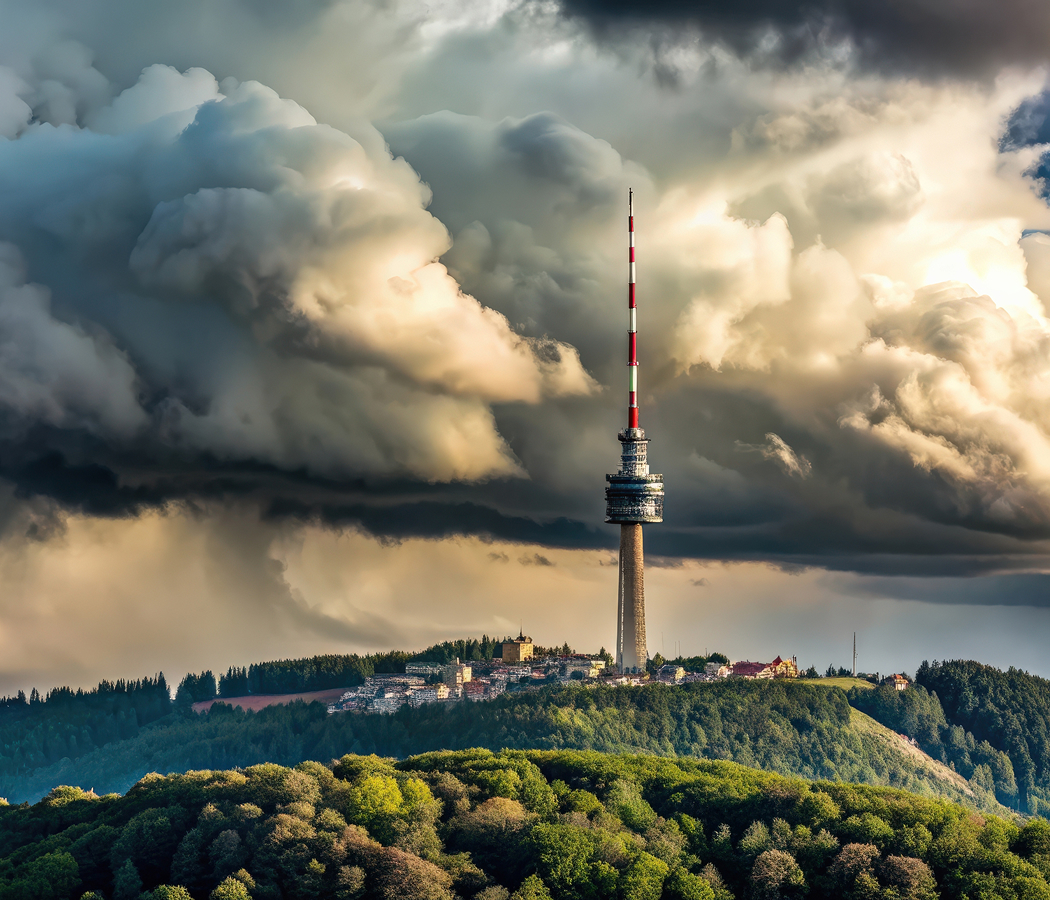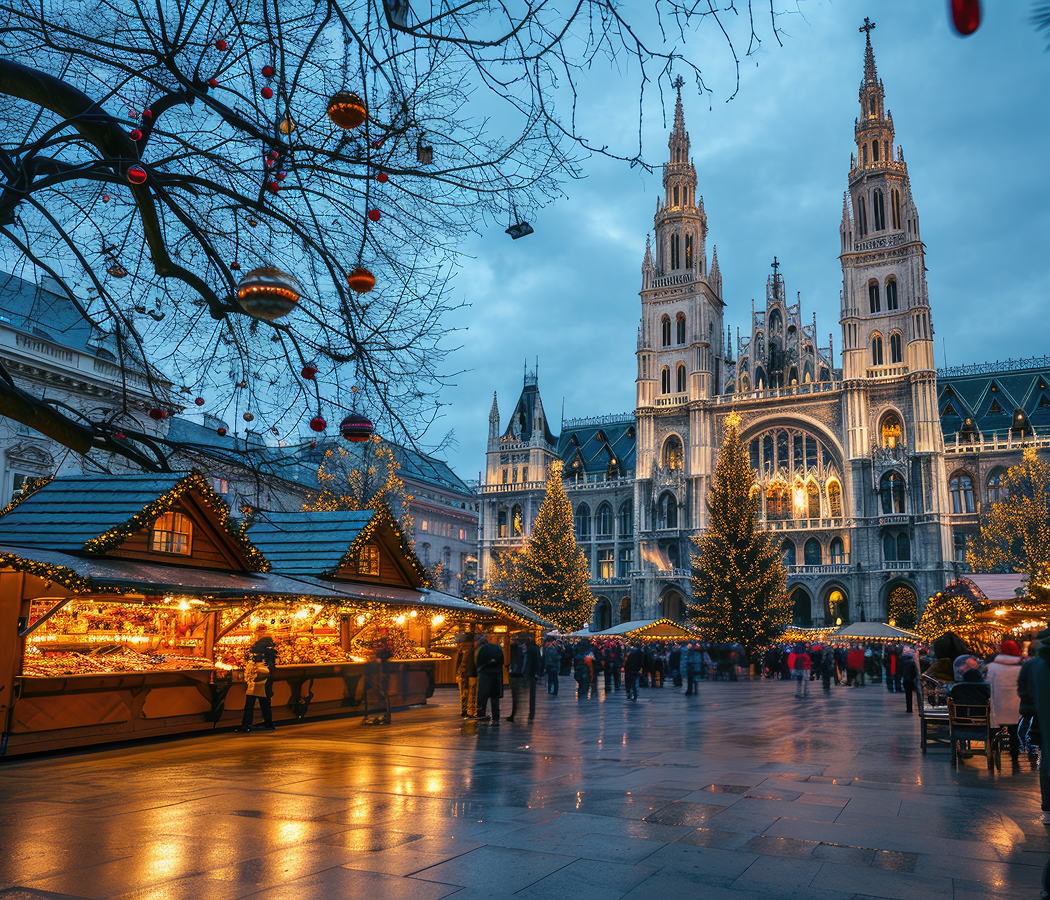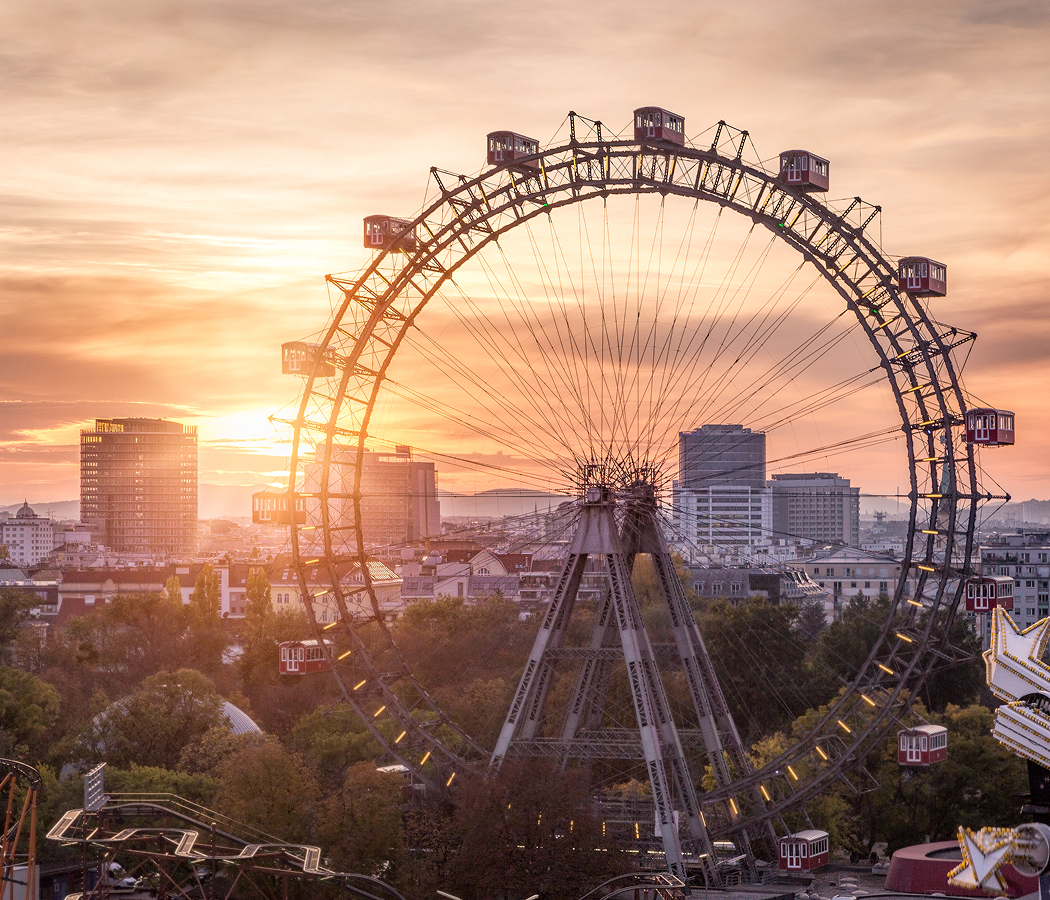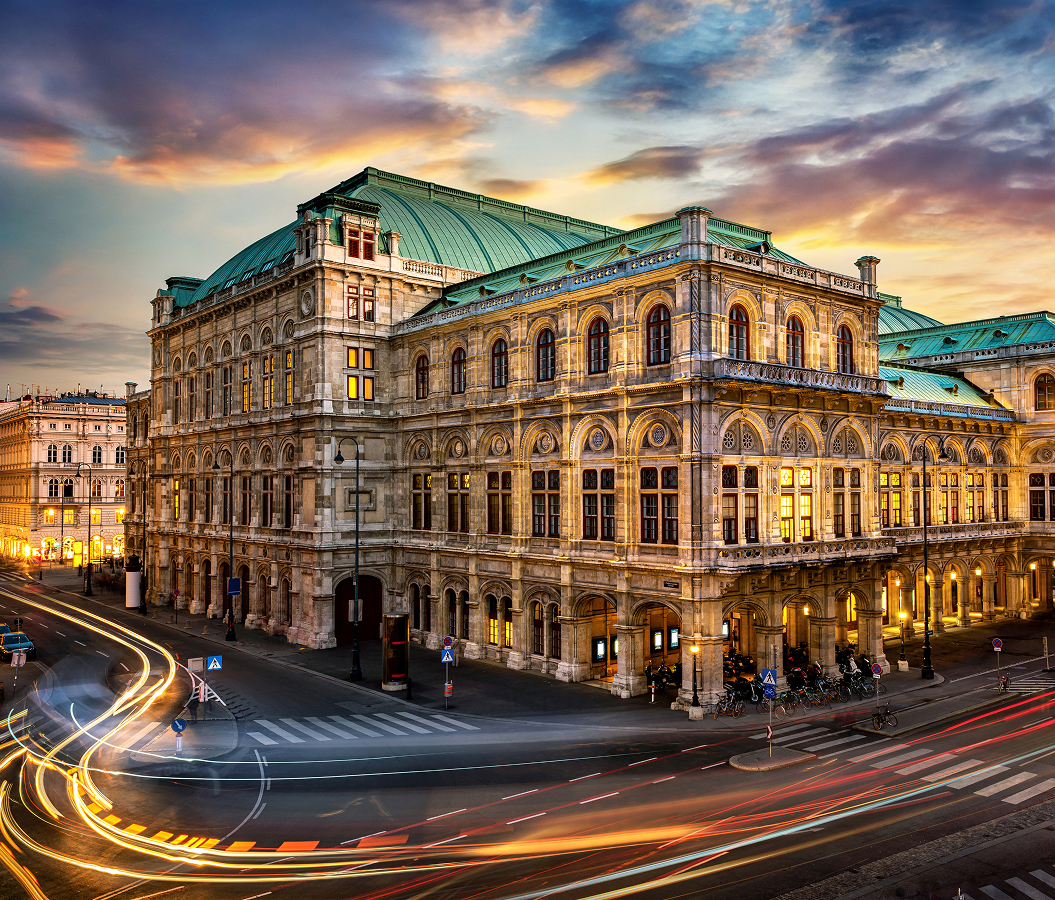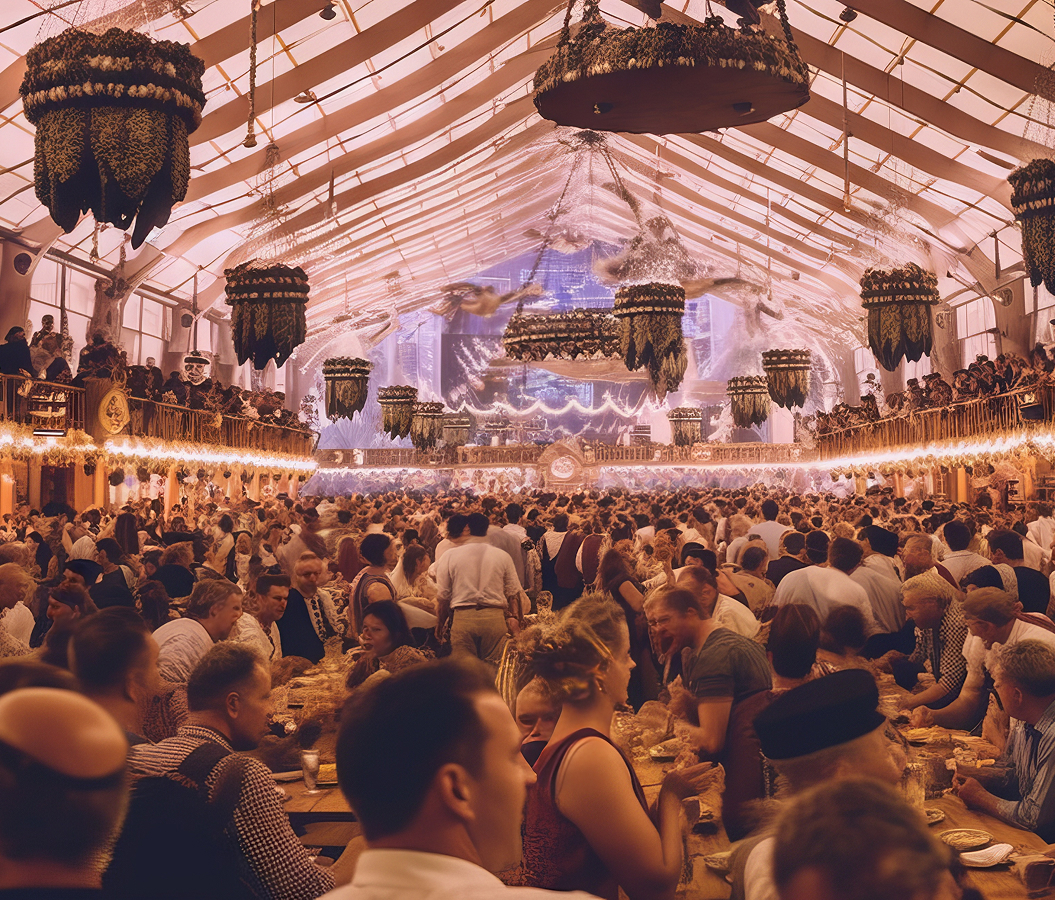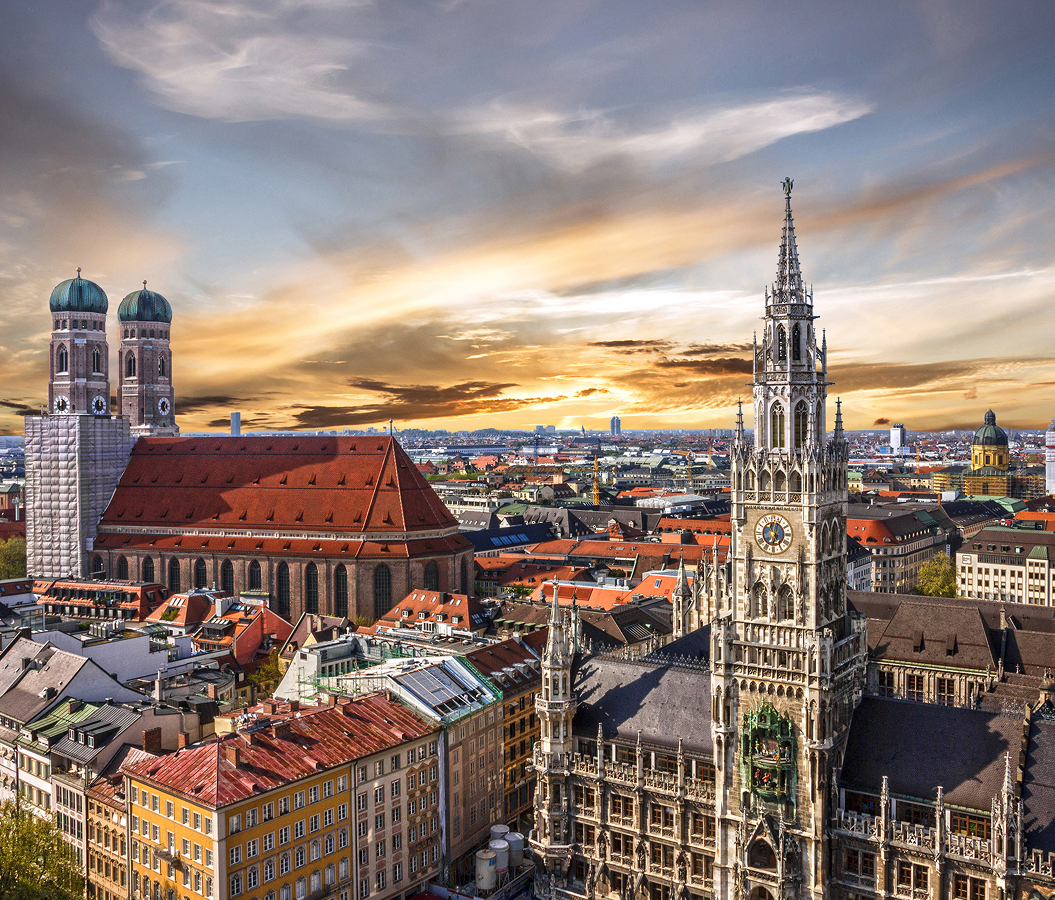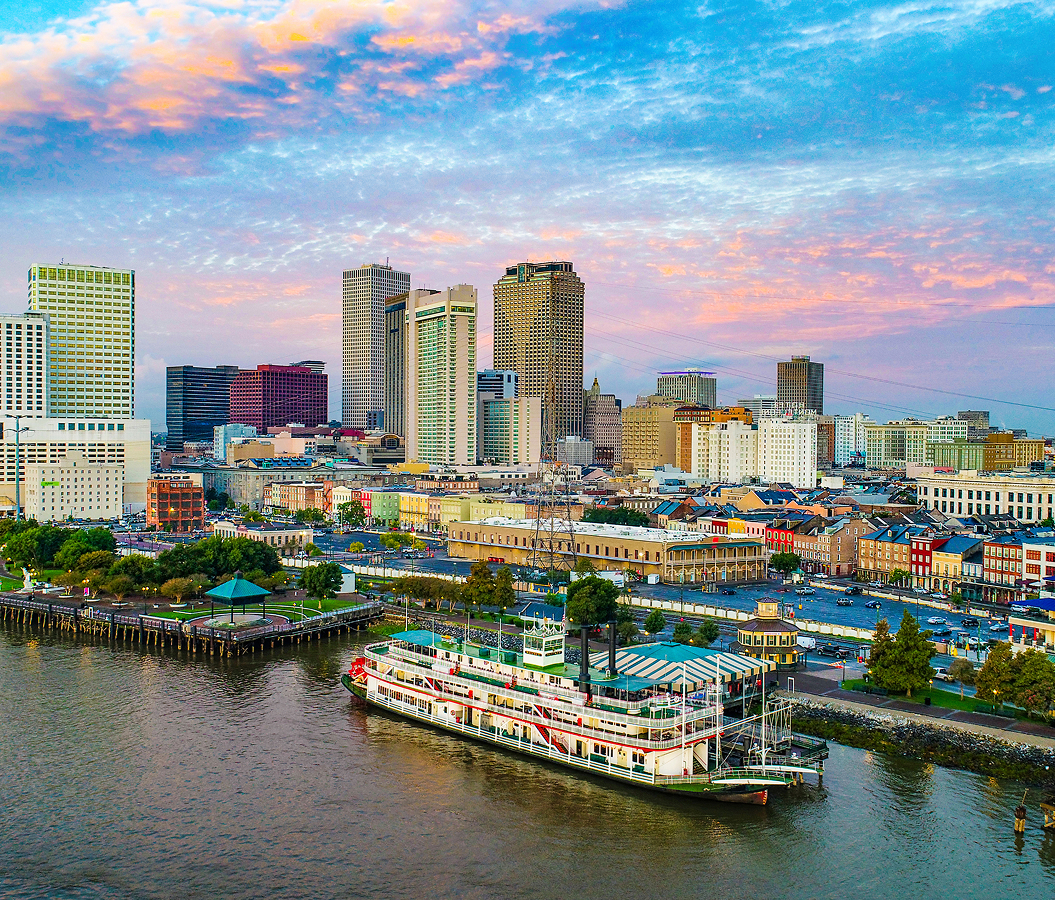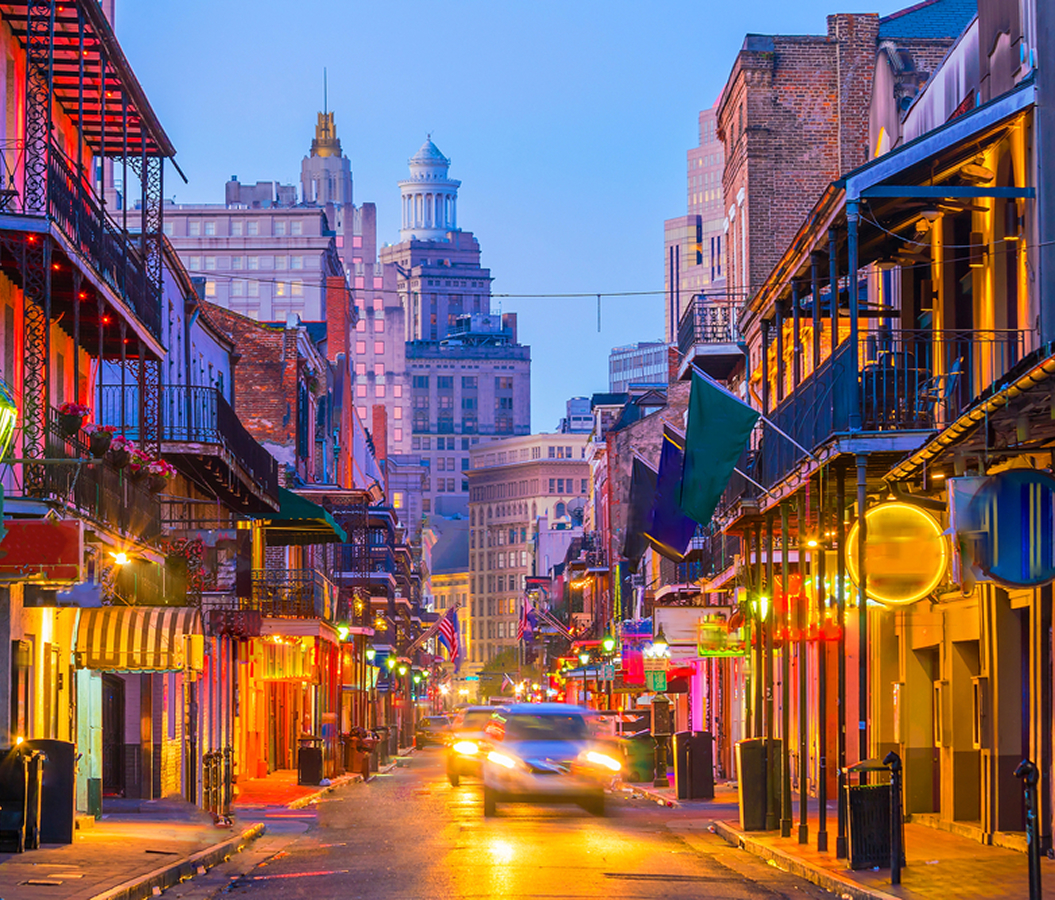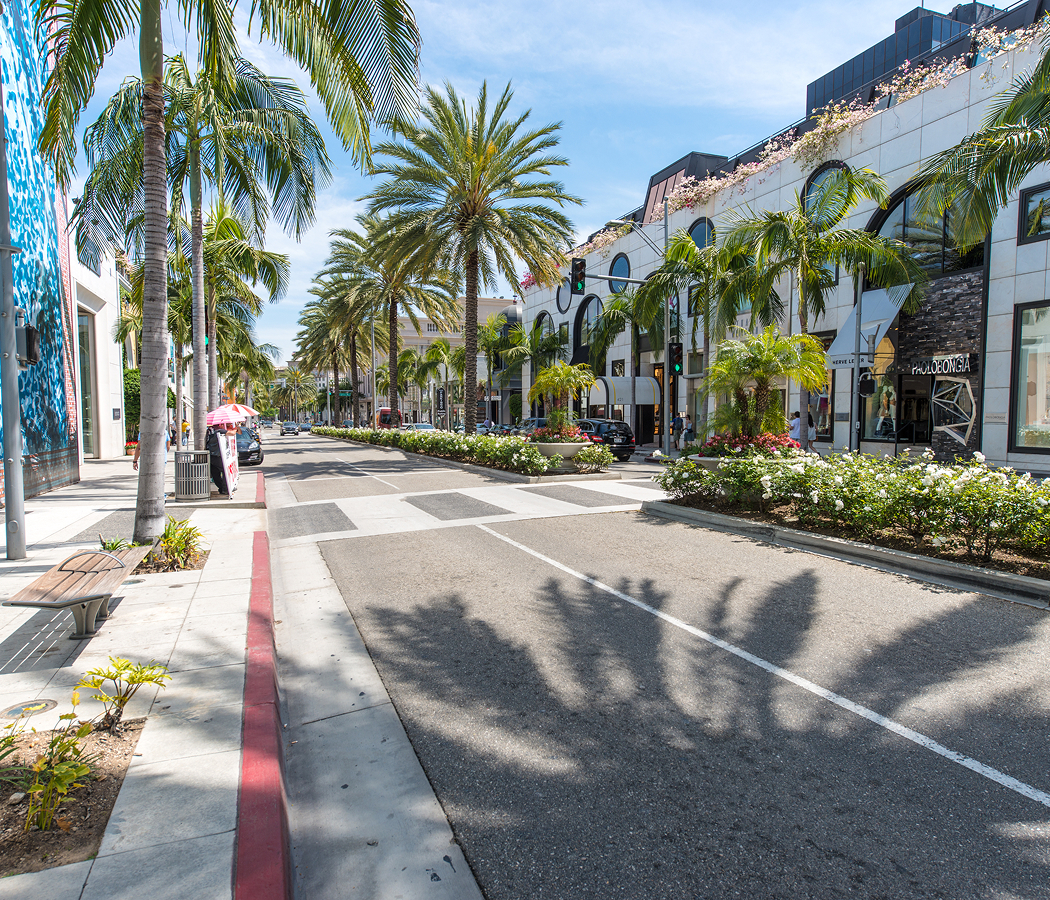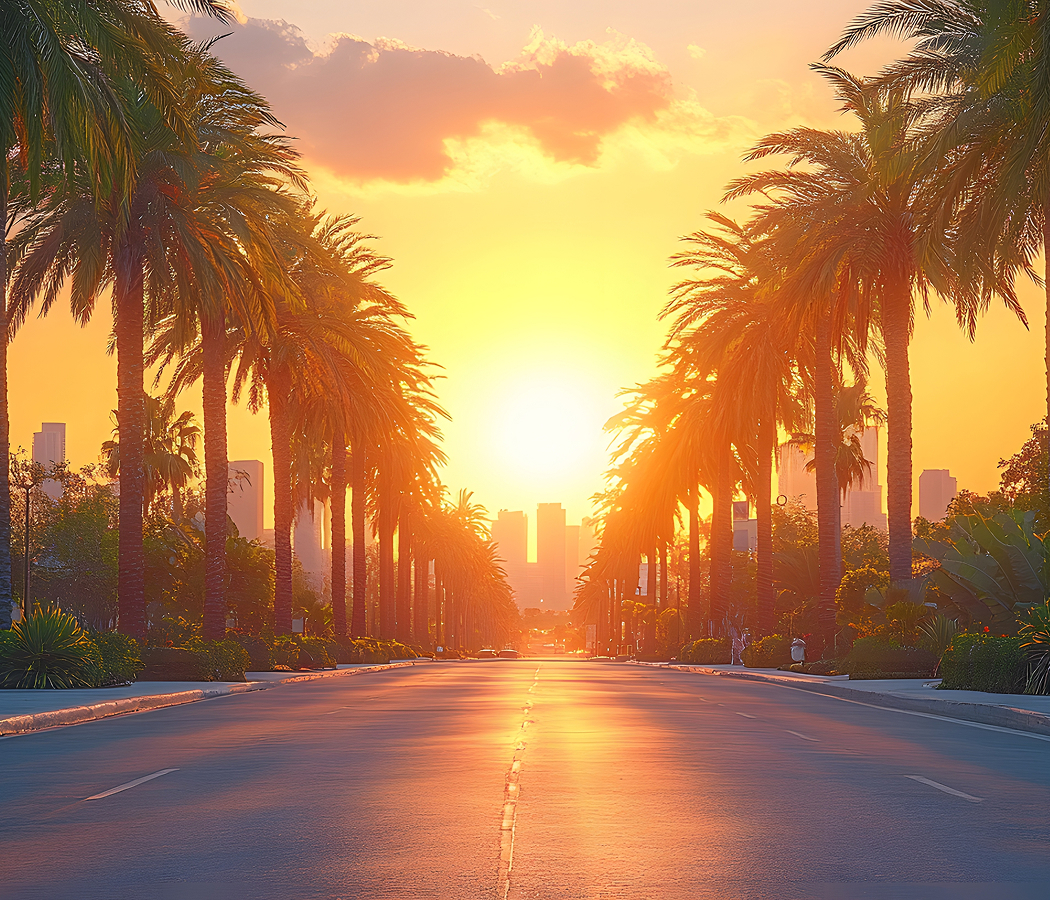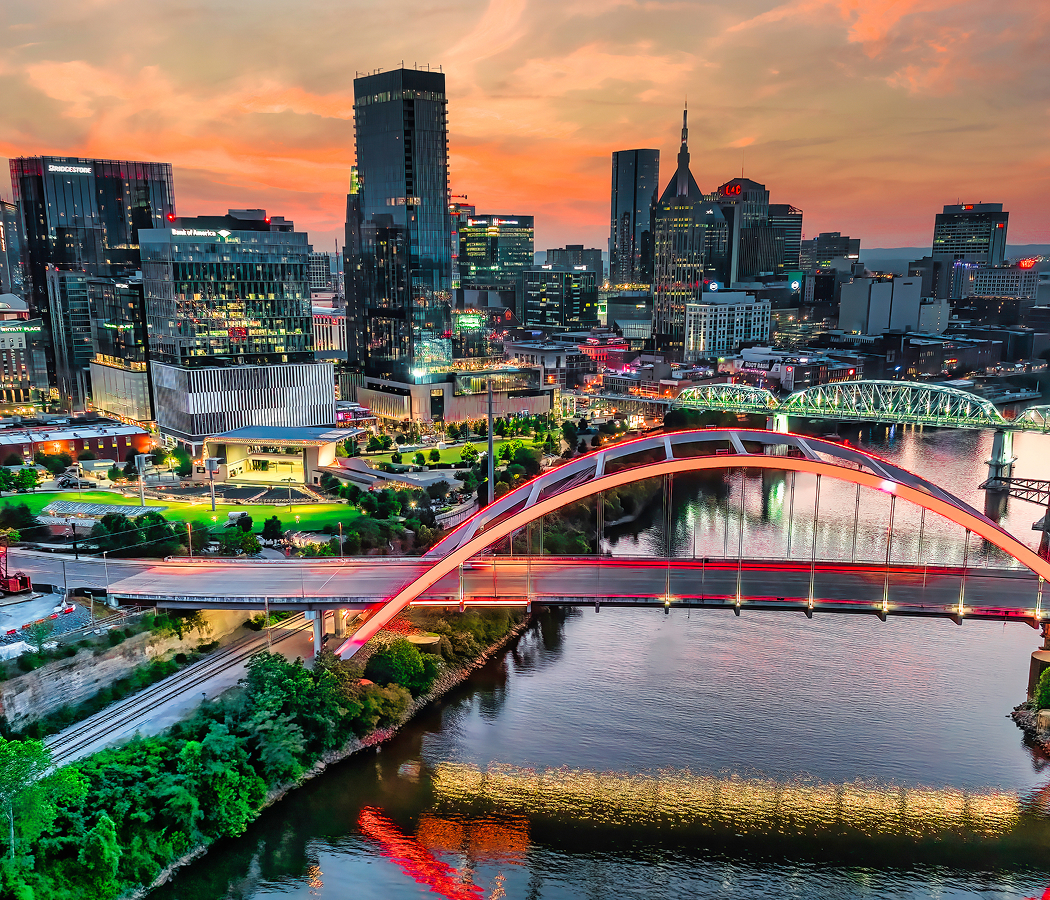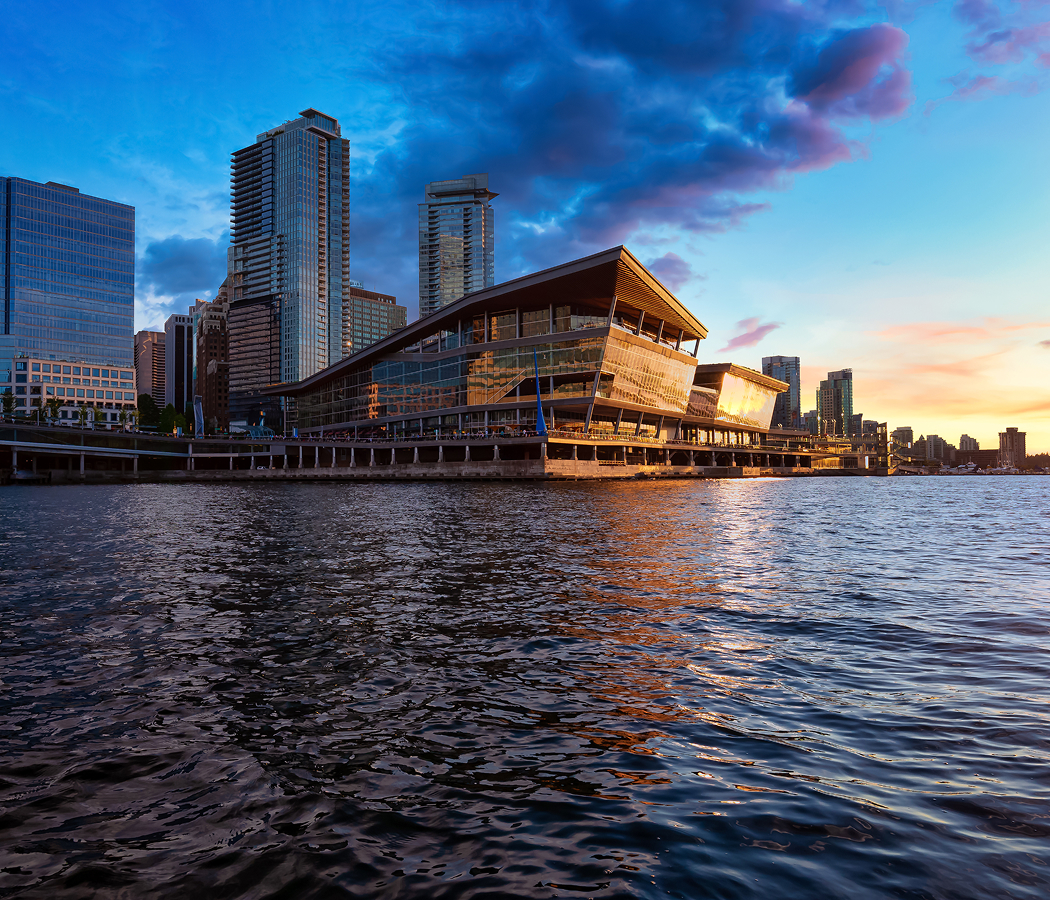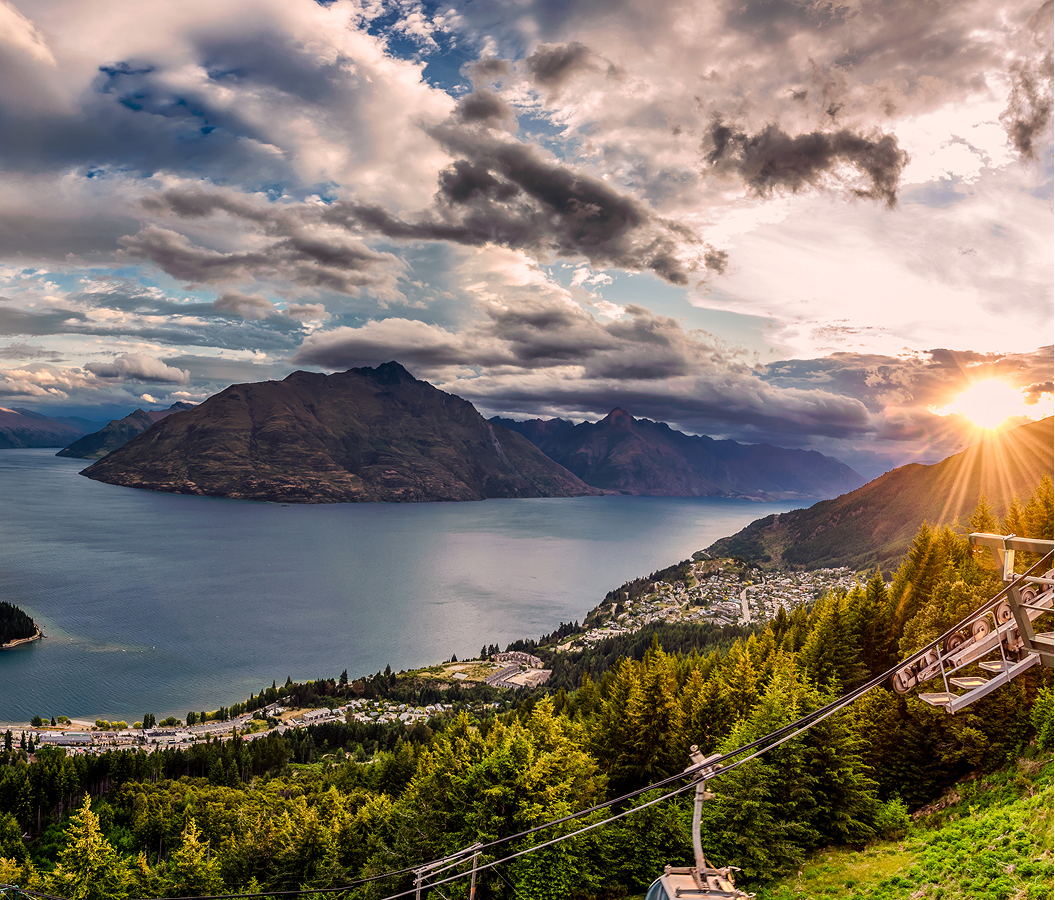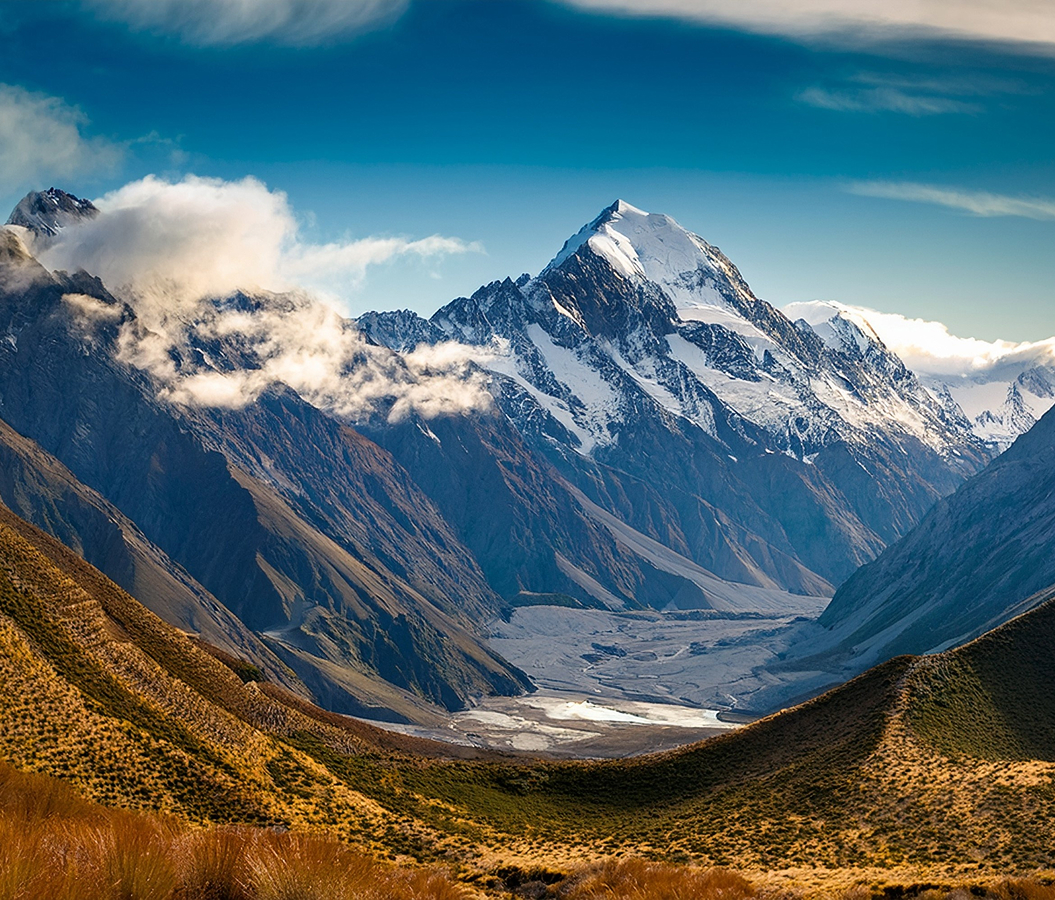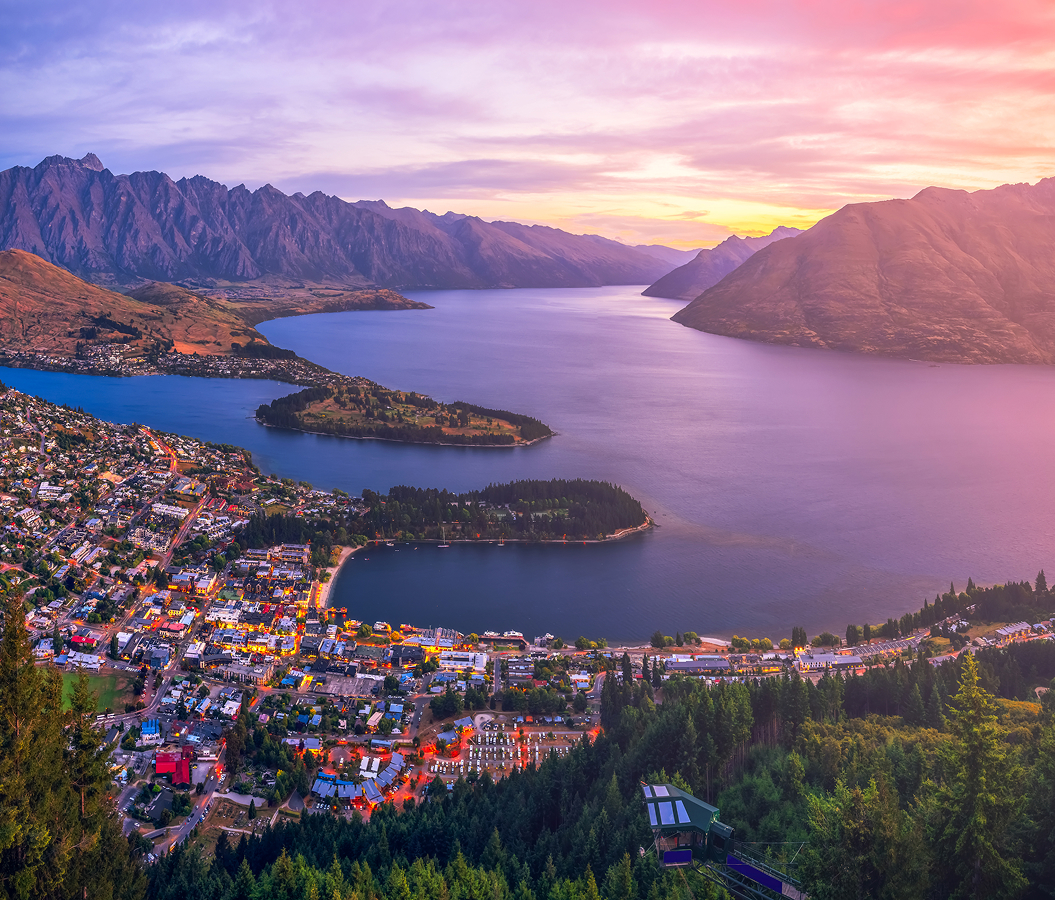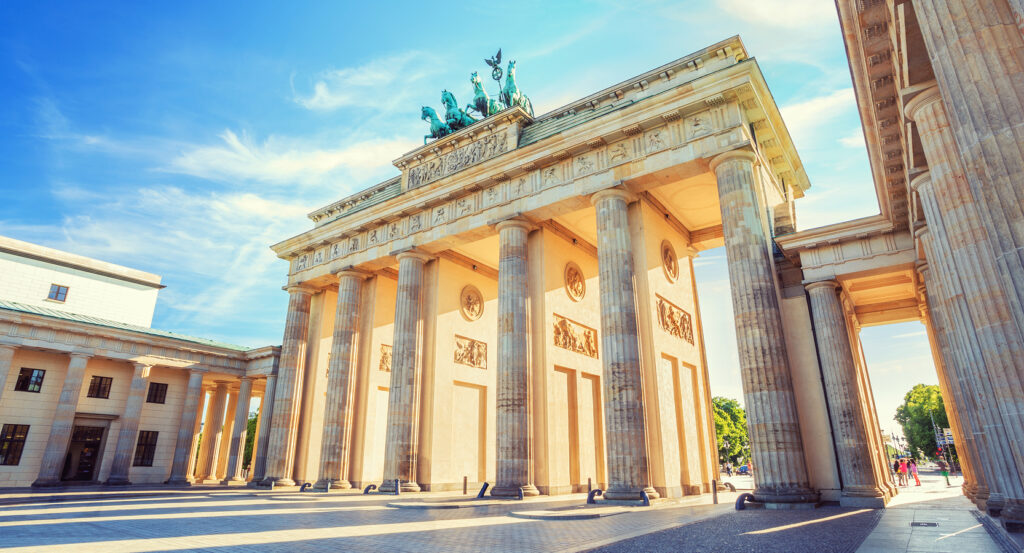
Why you should experience Brandenburg Gate in Berlin.
Brandenburg Gate isn’t just an architectural icon, it’s the very heartbeat of Berlin, a monument that has witnessed every transformation, triumph, and tragedy in Germany’s modern history.
Standing proudly at the end of Unter den Linden, this neoclassical masterpiece radiates both strength and serenity. Its towering columns and bronze quadriga, the goddess of victory riding her chariot, tell a story of resilience and renewal. Built in the late 18th century as a symbol of peace, the gate became a silent witness to war, division, and reunification. Walking beneath its stone arches, you can almost feel the weight of history, Napoleon’s troops marching through in 1806, the Nazi parades of the 1930s, and, decades later, the jubilant crowds of 1989 tearing down the Berlin Wall. The air here carries memory; the cobblestones seem to hum with echoes of hope and defiance. Yet today, Brandenburg Gate stands reborn, not as a relic, but as a symbol of unity, freedom, and the enduring spirit of Berlin itself. When the sun sets and the gate glows softly against the night sky, it feels less like a monument and more like a heartbeat, steady, proud, eternal.
What you didn’t know about Brandenburg Gate.
Brandenburg Gate’s story is one of reinvention, its meaning shifting as dramatically as the nation it represents.
Commissioned by Prussian King Frederick William II and completed in 1791, the gate was originally conceived as a grand entrance to the boulevard leading to the royal palace. Designed by architect Carl Gotthard Langhans, it drew inspiration from the Acropolis in Athens, intended to represent peace and enlightenment. But its symbolism changed with every era. Napoleon looted the quadriga atop the gate after conquering Berlin in 1806, only for it to be triumphantly returned years later, a gesture that transformed the gate into a national emblem of resilience. During the Cold War, its presence took on a far more somber meaning. Situated in the no-man’s-land between East and West Berlin, it became the defining visual of a divided world, unreachable, yet ever visible. The image of the gate framed by the Berlin Wall came to symbolize both separation and the yearning for freedom. When the Wall fell in 1989, it was at Brandenburg Gate that thousands gathered to celebrate, climbing atop the structure in euphoria as history turned a page. Since then, it has become not only a national symbol of reunification but also a global emblem of peace. Today, major events, from New Year’s Eve celebrations to peace marches and political rallies, take place beneath its columns, proving that the gate’s meaning continues to evolve. The structure has been meticulously restored over the decades, its sandstone now glowing like honey in the light, a reminder that even the heaviest chapters of history can be transformed into strength.
How to fold Brandenburg Gate into your trip.
Experiencing Brandenburg Gate is a pilgrimage for anyone visiting Berlin, not just to see history, but to stand inside it.
Begin your journey along Unter den Linden, the grand boulevard that leads directly to the gate, where stately trees and embassies frame your approach like a royal procession. As you draw closer, pause at Pariser Platz, the wide square that opens before the monument, and take in the view: the gate’s 12 Doric columns standing in solemn symmetry, with the Reichstag Building and Tiergarten Park spreading out behind. Walk beneath its arches, where soldiers once marched and citizens later embraced, and let the city’s energy surround you. Street musicians often perform beneath the columns, their melodies echoing off the stone in haunting harmony. On the western side, step into Tiergarten, where quiet pathways wind through lush greenery, offering perfect vantage points for photography at sunrise or sunset. At night, the gate is illuminated in warm light, transforming into one of Europe’s most breathtaking scenes. For a deeper understanding of its historical weight, visit the nearby Berlin Wall Memorial or Holocaust Memorial, both within walking distance, to see how the gate stands at the intersection of remembrance and renewal. If you’re in Berlin during a celebration, from the Berlin Marathon to New Year’s Eve, you’ll witness the gate at its most alive, surrounded by joy and music, a true embodiment of modern unity. Brandenburg Gate doesn’t just mark the center of Berlin, it is its soul. To stand before it is to feel the pulse of a city that has endured everything and emerged radiant, its spirit unbroken. Few places in the world remind us so powerfully that freedom, once won, must always be cherished.
Hear it from the Foresyte community.
You roll up at night and it’s glowing like a movie set. Kinda wild knowing this used to be no man’s land. Now it’s just vibes and selfies.
Where meaningful travel begins.
Start your journey with Foresyte, where the planning is part of the magic.
Discover the experiences that matter most.




